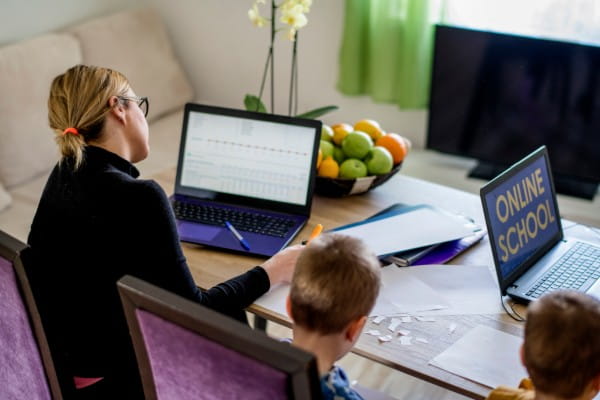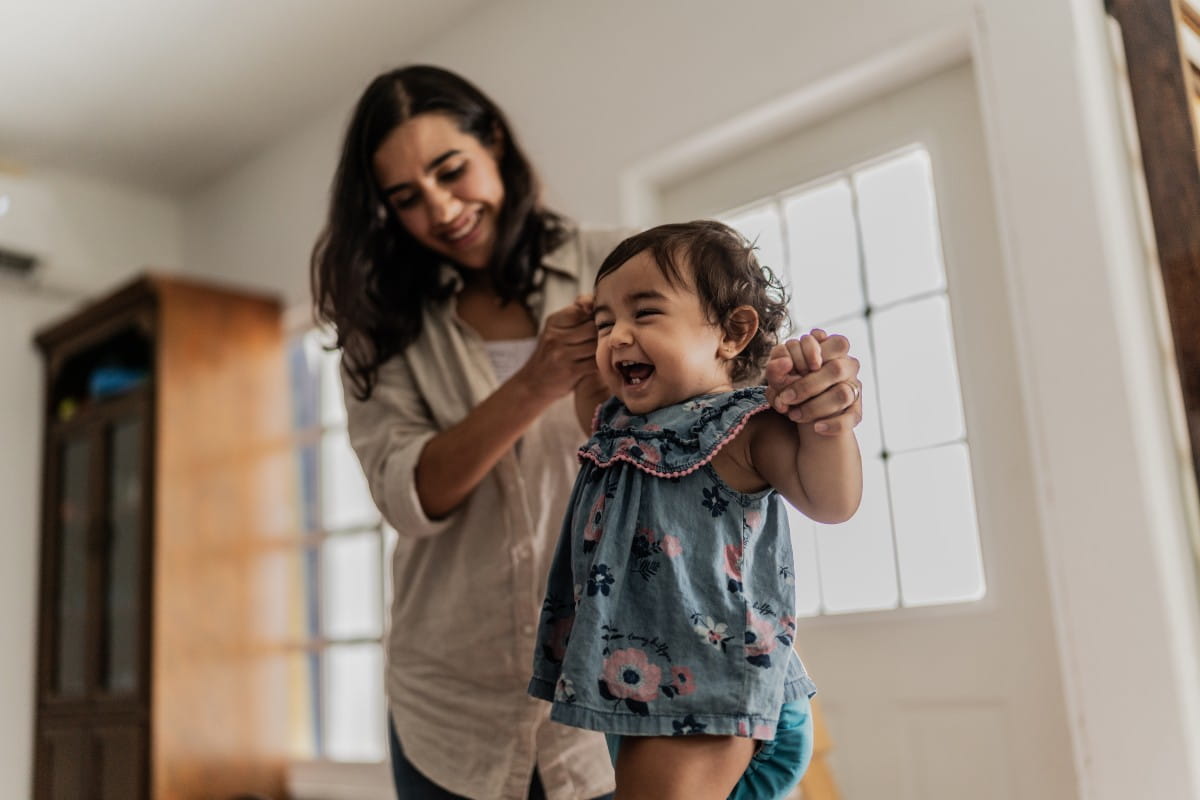Families are in the unique position of spending more quality time together while trying to maintain an unusual balance of responsibilities. As schools and workplaces continue to function online, many families have found themselves juggling work, school, child care and self-care.
With so much to do, is it possible to achieve balance?
“We are in uncharted territory. Cut yourself a little slack and remember, you can’t take care of anyone else if you are exhausted. Prioritizing rest and self-care benefit the whole family, even if it means other things are left a bit undone,” says Hayleigh D. Slezak, PA, physician assistant at Riverside Primary Care Hidenwood.
Create a routine that works for everyone
Routines help keep life organized and make room for both work and play. Too often, parents set the schedule without getting input from the rest of the family.
“Allowing children to participate in simple decisions can provide a small sense of control and ownership over daily tasks,” says Ms. Slezak.
A routine should include time for work, school and physical activities as well as general time frames for meals, cleanup, baths and rest. Build the schedule around events that aren’t flexible like work meetings, virtual class and nap time and build from there.
Allow children to provide age-appropriate input on the schedule. Younger children may decide to get dressed before or after breakfast, whereas older children might weigh in on what subject to tackle first during the school day or when to schedule breaks.
Use a family calendar
A family calendar will centralize all the activities that previously did not occur under the same roof. A large calendar posted where all can see serves as a reminder of what’s ahead each day and also provides easy access for changes.
Pair activities with thought
Balancing multiple responsibilities can be simplified by thinking through what activities can reasonably be combined. Schedule projects that require undivided attention, like writing a report, during nap time or when another parent is available to take the lead. On the other hand, do more mundane tasks like folding laundry while quizzing your youngster on the spelling words for the week.
Prioritize self-care with rest and exercise
Don’t skimp on self-care. Exercise and sleep are essential for everyone’s mental and physical health. Make self-care activities a priority by scheduling time for them each day as you would a work meeting or school commitment.
“Adequate sleep and regular physical activity support the immune system, cognitive health and mood,” says Ms. Slezak.
According to the U.S. Department of Health and Human Services, teens and adults need 8-10 hours of sleep each night. Young children need even more:
- School-aged children: 9-12 hours
- Preschoolers: 10-13 hours (including naps)
- Toddlers: 11-14 hours (including naps)
- Infants: 12-16 hours (including naps)
Balance rest with physical activity. With so much time in front of screens for school and work, it’s essential to make time to move. Dedicated daily activity may include playing in the backyard, streaming a workout or going for a walk.
Be flexible to thrive
The keys to thriving during an extended family quarantine are to be flexible and adapt. Test out what works and adjust along the way.
For the health and well-being of the whole family, stay up to date with public health recommendations and common questions while navigating COVID-19.



